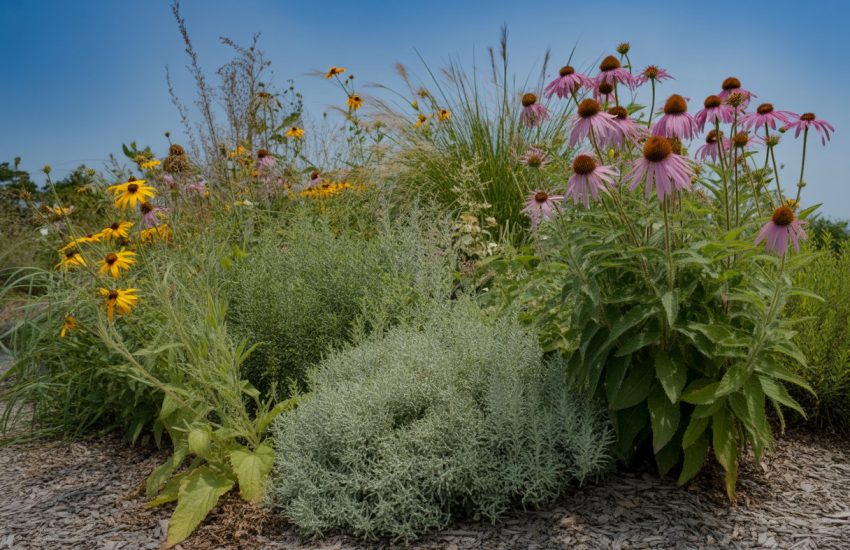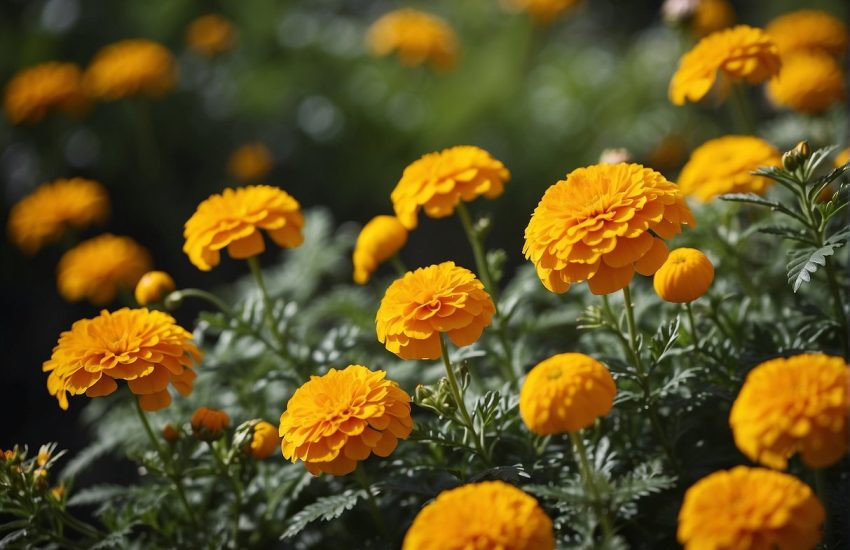Most Common Trees in Florida: A Guide to Native Species
Florida is known for its subtropical climate and diverse flora, including a wide variety of trees. The state is home to both native and non-native species, each with its unique characteristics and benefits. Understanding the most common trees in Florida can help residents and visitors alike appreciate the natural beauty of the state and make informed decisions about landscaping and conservation efforts.

Native trees play a significant role in Florida’s ecosystem, providing food and shelter for wildlife and contributing to the overall health of the environment. Some of the most common native trees in Florida include the live oak, magnolia, and sabal palm. These trees are well-adapted to the state’s climate and can thrive in a variety of conditions. Non-native species, such as the royal poinciana and the eucalyptus, have also been introduced to Florida and have become popular choices for landscaping and ornamental purposes.
Diversity of Florida’s Trees
Florida is home to a diverse range of trees that thrive in its subtropical climate, sandy soils, and unique habitats. In this section, we will explore the native species, regional varieties, and the habitats and adaptations of Florida’s trees.
Native Species
Florida has a wide variety of native trees that are adapted to the state’s unique climate and habitats. Some of the most common native species include the Bald Cypress, Live Oak, Slash Pine, and Sabal Palm. These trees can be found throughout the state, from the swamps of South Florida to the sandy soils of North Florida and the Florida Panhandle.
The Bald Cypress is a long-lived conifer that can live up to 600 years. It is a common sight in Florida’s swamps and wetlands. The Live Oak is another popular native tree that is known for its sprawling branches and large canopy. It is a popular shade tree that can be found in parks, residential areas, and along highways throughout the state.
Regional Varieties
Florida’s diverse geography and climate have led to the development of regional varieties of trees. For example, South Florida is home to a variety of tropical trees, such as the Mango and Avocado. The Florida Panhandle, on the other hand, is home to a variety of hardwoods, including the Southern Magnolia and the Red Maple.
Habitat and Adaptation
Florida’s trees have adapted to the state’s unique habitats and climate. For example, the Mangrove is a tree that is adapted to living in saline environments, such as estuaries and coastal swamps. Its roots are specially adapted to filter out saltwater and absorb freshwater from the soil.
Many of Florida’s trees are also adapted to drought conditions. For example, the Slash Pine is a conifer that is adapted to living in sandy soils and can survive on as little as 25 inches of rainfall per year. The Sabal Palm is another tree that is adapted to drought conditions and can survive on as little as 20 inches of rainfall per year.
In conclusion, Florida’s trees are diverse and adapted to the state’s unique climate and habitats. From the swamps of South Florida to the sandy soils of North Florida and the Florida Panhandle, these trees are an integral part of the Sunshine State’s natural beauty.
Conservation and Environmental Impact

Threats to Florida’s Trees
Florida’s trees face a range of threats that can impact their health and survival. One of the biggest threats is the invasion of non-native species. Invasive species can outcompete native trees for resources and disrupt the natural balance of Florida’s ecosystems. They can also introduce new pests and diseases that can harm native trees. Some of the most problematic invasive species in Florida include Brazilian pepper, melaleuca, and Australian pine.
Florida’s trees are also vulnerable to pests and diseases that can cause significant damage. One such pest is the copper bark beetle, which can kill trees by burrowing into their bark and disrupting the flow of nutrients. Other pests that can harm Florida’s trees include the southern pine beetle, the black turpentine beetle, and the Asian citrus psyllid.
Role in Ecosystems
Florida’s trees play a crucial role in the state’s ecosystems. They provide habitat for a wide range of wildlife, including birds, mammals, and insects. They also help to purify the air and water, and they provide important ecosystem services like erosion control and carbon sequestration. In addition, Florida’s trees are an important source of food and medicine for both humans and wildlife.
Landscaping and Urban Planning
Florida’s trees are an important part of the state’s landscape, and they are often used in urban planning and landscaping projects. Trees can provide shade, reduce energy costs, and improve the aesthetic quality of urban areas. However, it is important to choose the right species of tree for a given location, as some trees may be more prone to pests and diseases than others. In addition, it is important to properly maintain trees to ensure their health and longevity.
In conclusion, Florida’s trees face a range of threats, but they play a crucial role in the state’s ecosystems and are important for both wildlife and humans. It is important to take steps to protect and conserve Florida’s trees, including controlling invasive species, managing pests and diseases, and properly maintaining trees in urban areas.


